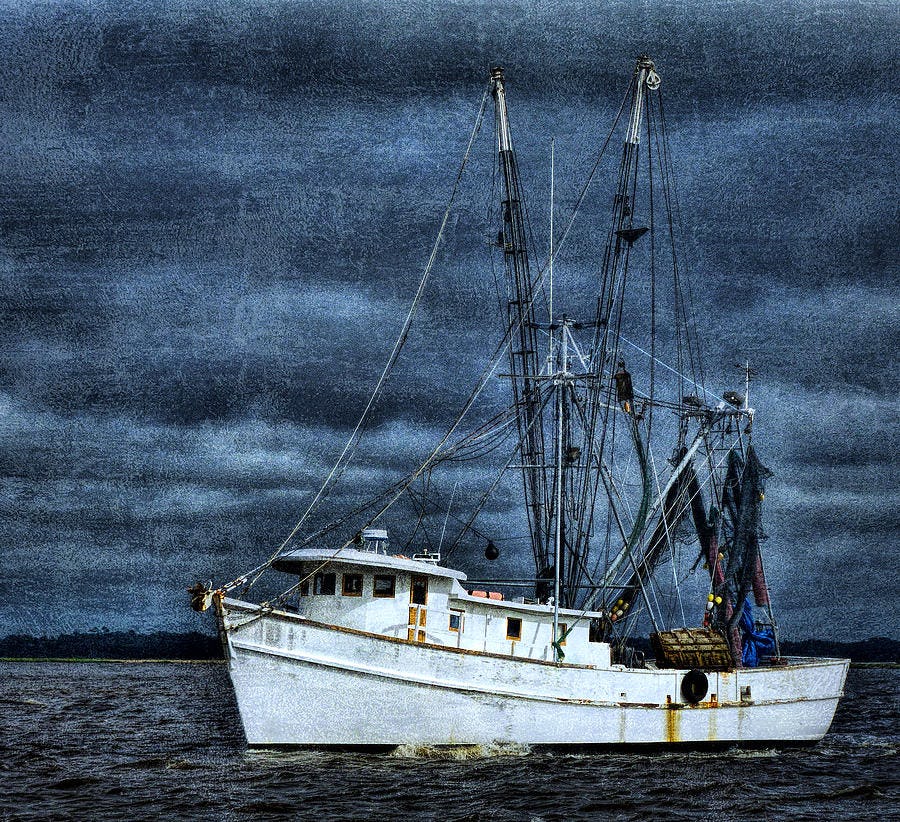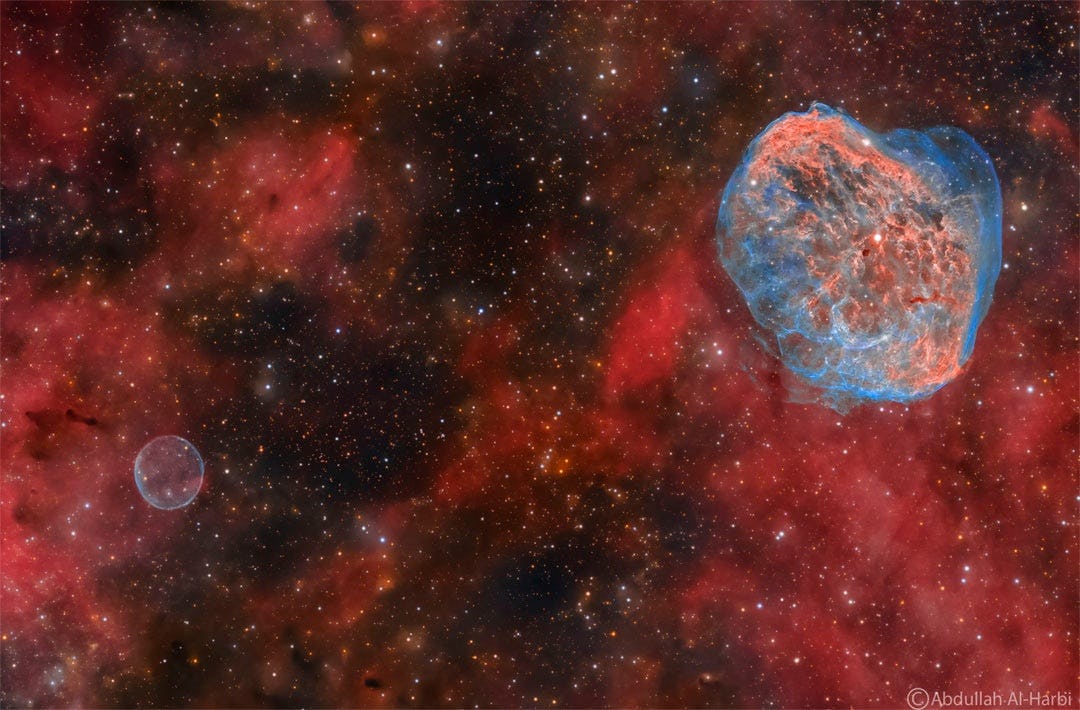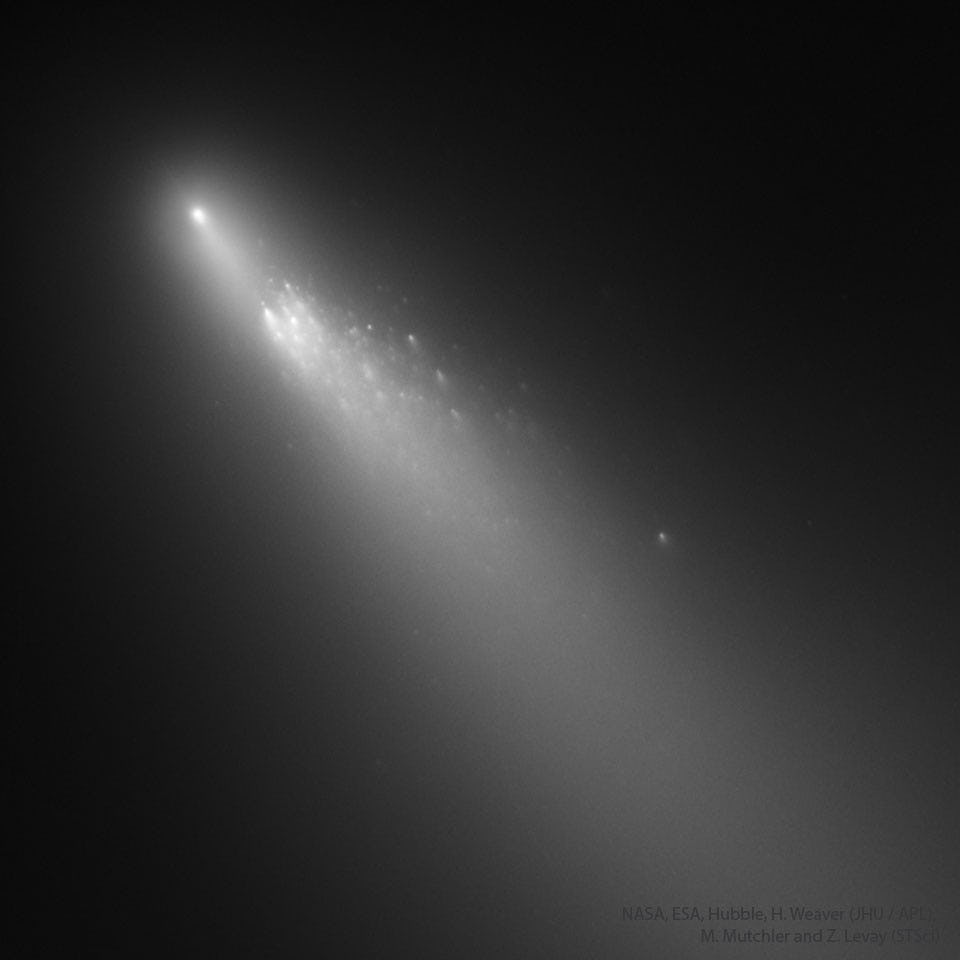Sitting on a camp stool,
close to the fire.
Coleman lanterns hanging
on tree limbs, by wires.
Early Fall in the Cascade foothills.
Not in the mountains,
based upon the elevation,
but canyons surrounded
by tall Fir and Tamarack trees.
A weekend outing, many
years ago. Crisp is the
first morning with frost,
appearing where there is water.
Soon the Sun rises, warming the air,
and patches of fog, will disappear.
The smell of the fire, mingles
with breakfast cooking on
a cast iron skillet.
A beautiful start for a glorious
day, in the outdoors.








.jpg?fit=crop&w=280&h=280&q=93)


















 - Copy.jpg?fit=crop&w=280&h=280&q=93)














